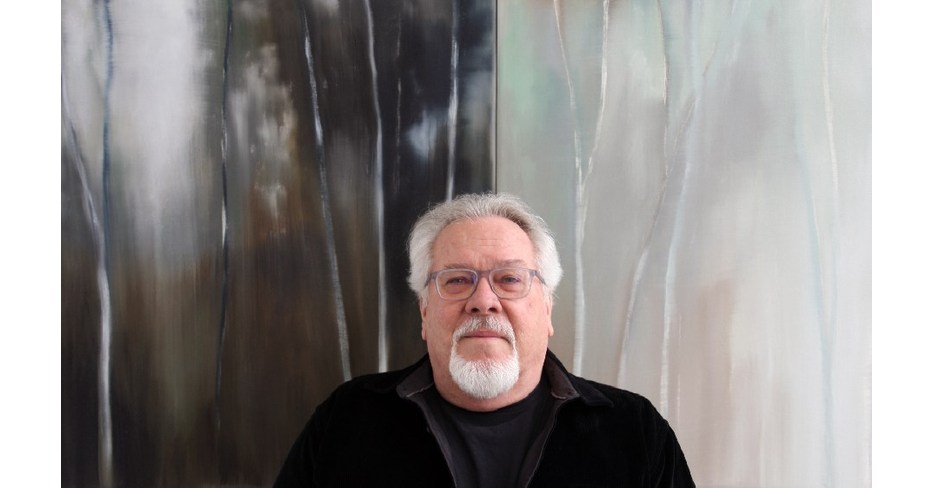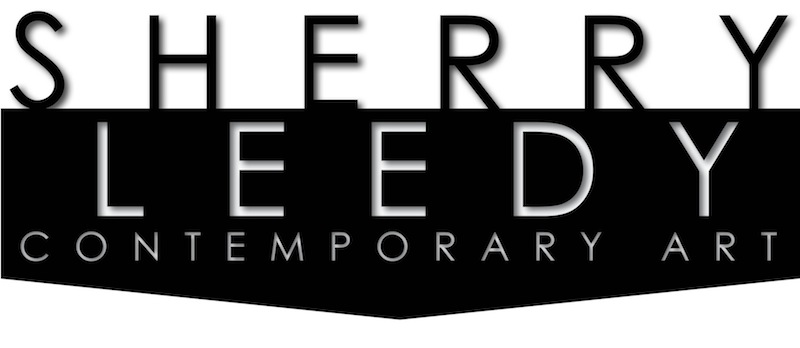Douglass Freed
MORE DETAILS
Douglass Freed
I think my paintings are always about a kind of quieting place. I try to paint paintings that create the spiritual, not religious spiritual, but the visual spiritual in images. And I’ve always related to Oriental work that contained that, particularly Zen work. There’s always peacefulness there. There’s always a quietude that I like. My whole life as a painter my work has been about that – very quiet, very subtle.
– Douglass Freed
The paintings of Douglass Freed exist between representation and abstraction in a realm that few other painters can call their own.
For over twenty years, Freed painted entirely abstractly but, over time, he began to see references of landscape in his abstractions. Gradually, Freed began to incorporate aspects of the landscape, such as times of day and light, in a diptych or triptych painted format. Most recently, the multi panel paintings have transitioned to a single canvas as Freed continues to explore the transcendence of nature through a synthesis of visual experience – the passage of time, light, color, and atmosphere. Freed’s paintings continue to evolve in his search for an abstract means to embrace the ambiguity of the physical and spiritual experience of light, and its power to foster a more intense life of the spirit through profound emotional experience of form, color, and composition.
Hans Hoffman described the spiritual as, “The emotional and intellectual synthesis of relationships perceived in nature, rationally, or intuitively. Spirituality in an artistic sense should not be confused with religious meaning.” Freed agrees with Hoffman and has said, “The spiritual comes from a synthesis of everyday experience and that feeling of peace and tranquility that one gets when he sees a beautiful landscape or a sunset or fog setting in over a lake. All of those are spiritual experiences for me.”
In addition to Freed’s importance as an artist, he was founding Director of the Daum Museum of Contemporary Art in Sedalia, MO. His paintings are found in the permanent collections of the Kemper Museum of Art, The St. Louis Art Museum, The Newark Museum, American Century, DST Corporation, and numerous others.

